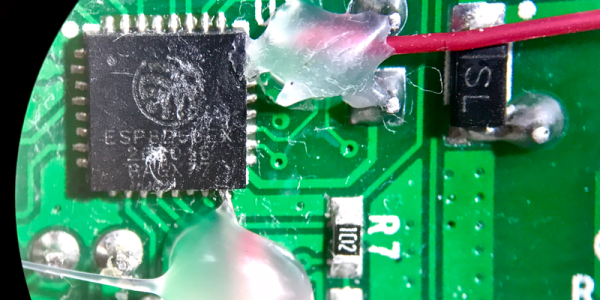In the open-source world, there are two main choices for PCB design: KiCad and gEDA. But if you’re tired of the boring Hershey fonts telling you which resistor is which, or if you need to comply with ISO 3098, there’s one clear choice: PCB-RND, the improved fork of gEDA’s PCB tool. Why?
 Because PCB-RND now supports osifont, which supports a ridiculous number of languages. In addition to the usual suspects, like Azerbaijani through Vietnamese, support has also been added for legacy users, including those of Middle Earth, who build PCBs that can only be read when the thrush knocks by the setting sun of the last light on Durin’s Day.
Because PCB-RND now supports osifont, which supports a ridiculous number of languages. In addition to the usual suspects, like Azerbaijani through Vietnamese, support has also been added for legacy users, including those of Middle Earth, who build PCBs that can only be read when the thrush knocks by the setting sun of the last light on Durin’s Day.
And they haven’t stopped there. Looking forward to the Treaty of Organia in 2267, you can now create PCBs that are fully plqaD-HaSta compliant.
We’re glad to see these important steps made toward reaching out to underserved PCB-constructing communities. However, we’re appalled at the continuing lack of support for Rihannsu. This will have to be rectified by anyone who wants to push their projects in the Beta Quadrant.





















